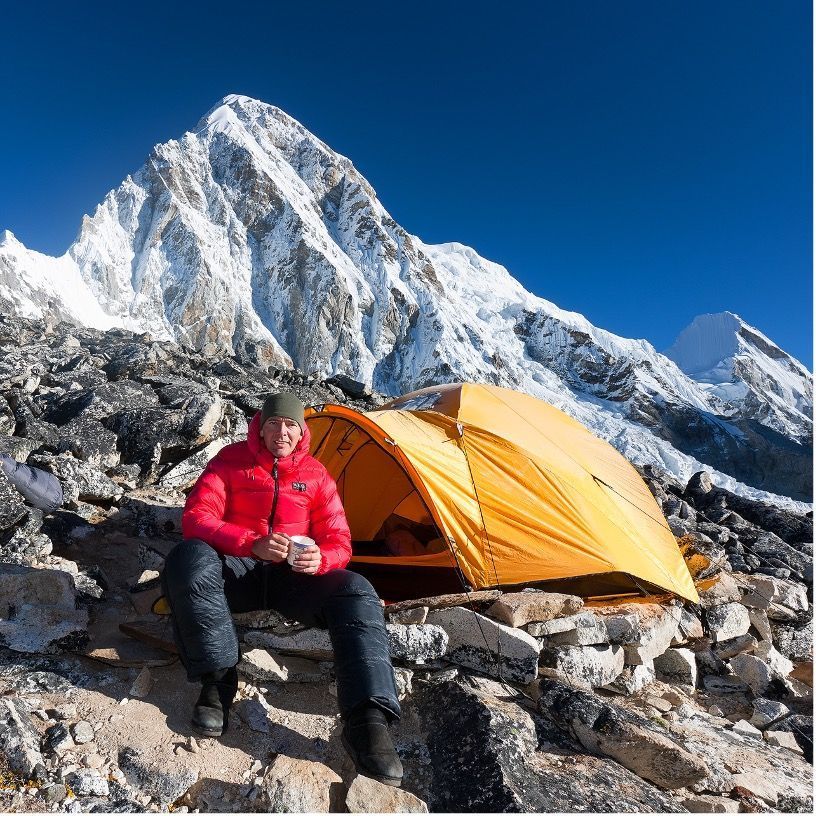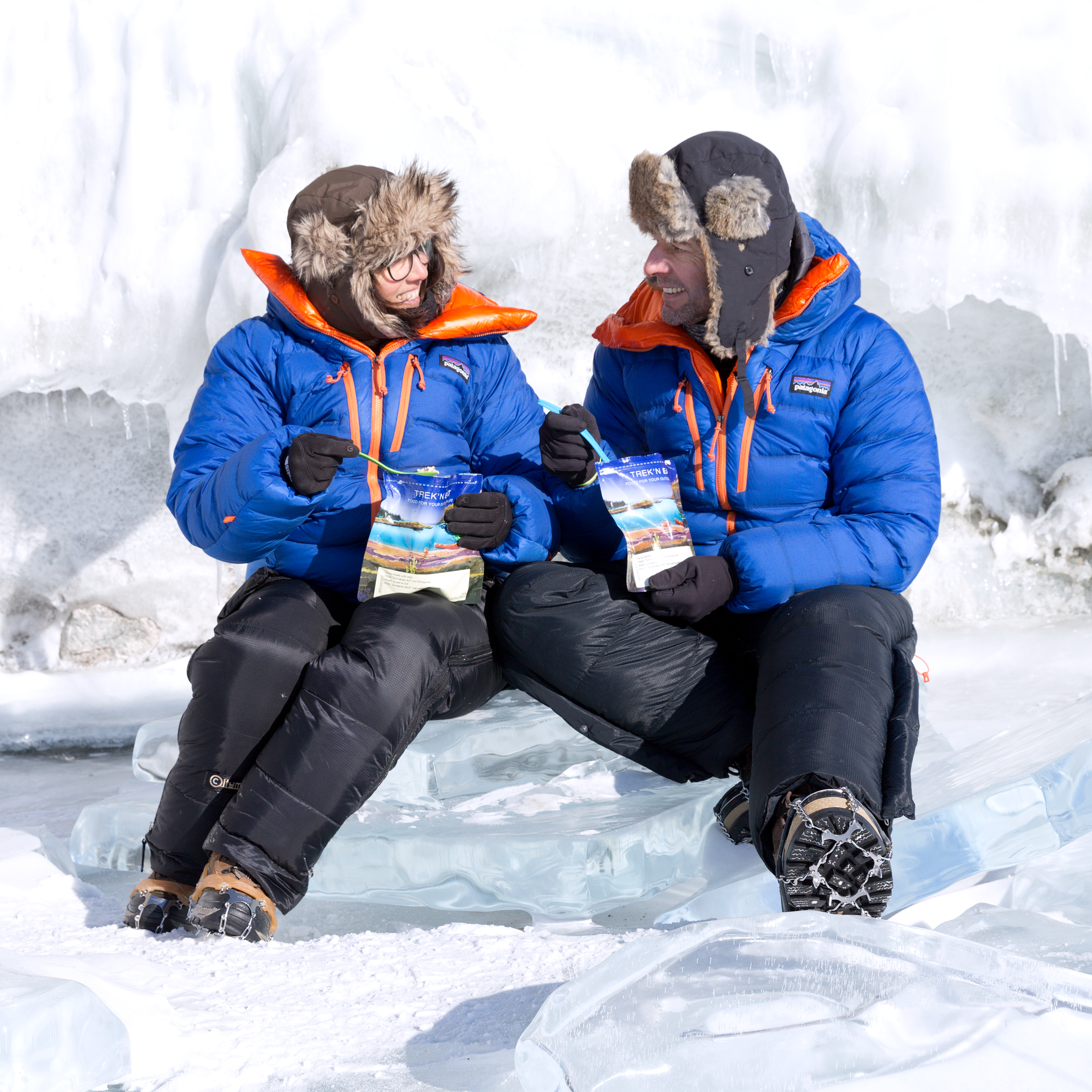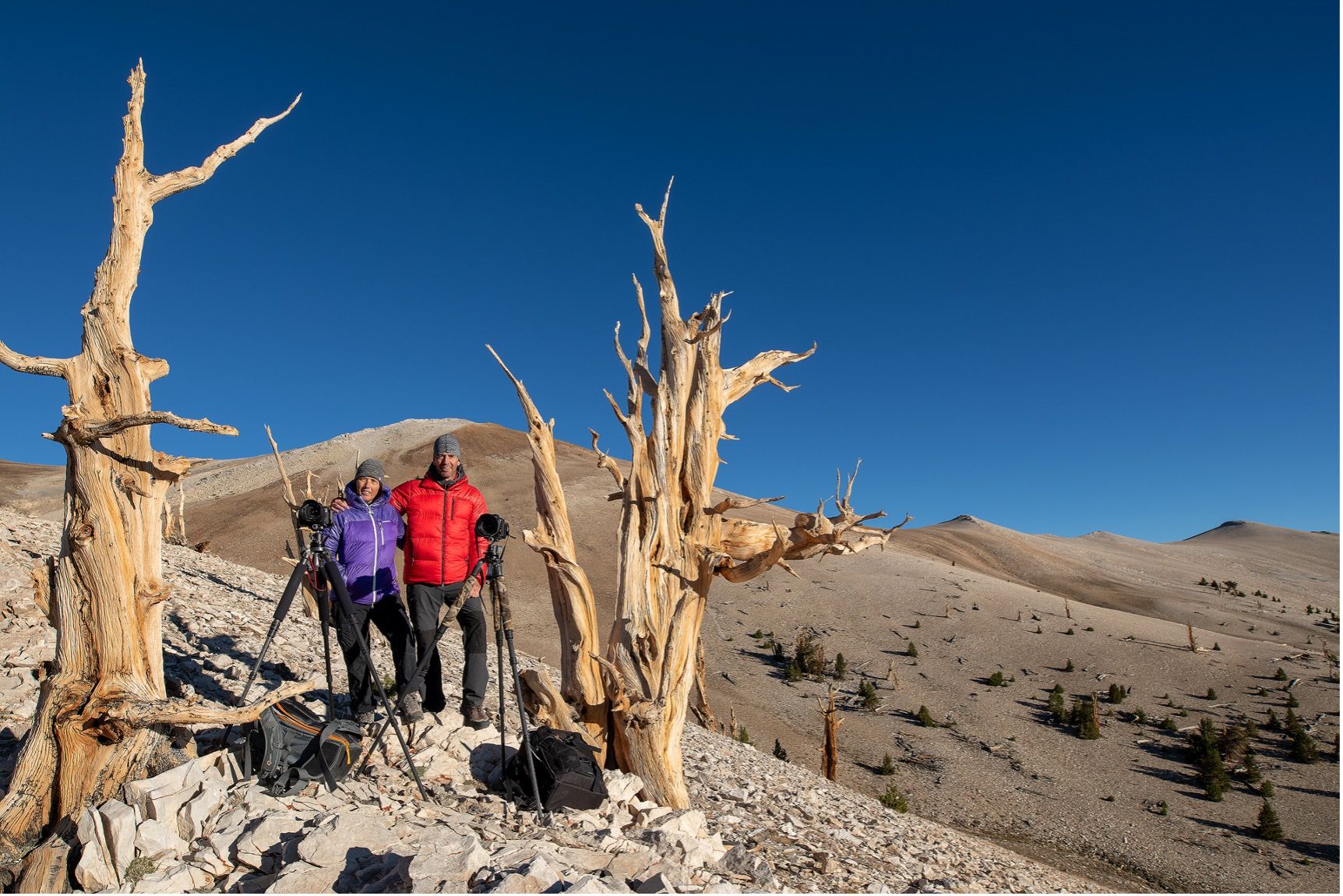
Exploring the Beauty of Nature with Werner and Marion
Back the late 1980s, Werner Van Steen and Marion Demanet were top Belgian climbers who discovered a passion for mountains and nature at a very young age. Werner is a passionate nature photographer and has won many international awards for his stunning work over the last 24 years. He caught the photography bug from his father, who used to develop film as an amateur photographer in his own darkroom. Marion is a nature lover too, and when she met Werner for a second time in 2011, they started travelling together to the farthest corners of the globe to share their passion. That was the start of Marion's love for photography. With a great mentor and a unique talent to translate feelings into photos, she now creates very special images.
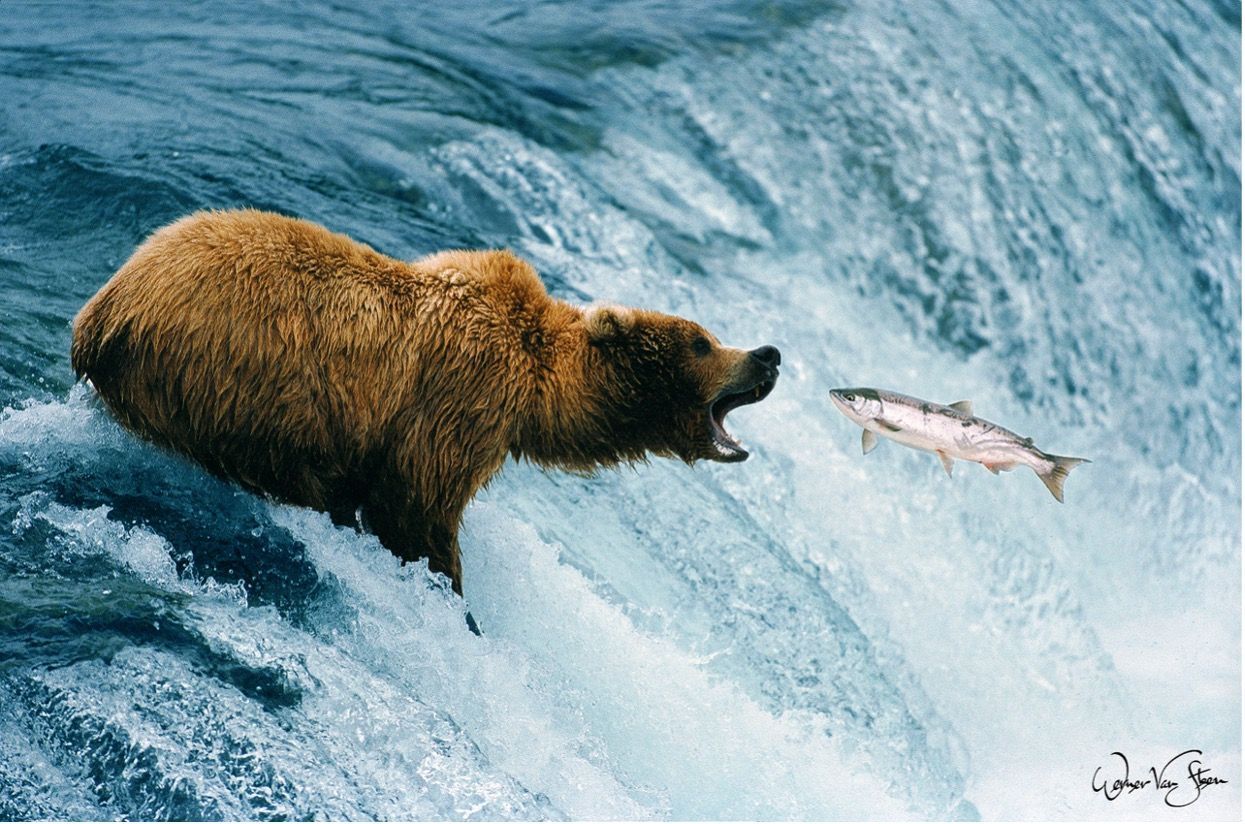
Werner arrived in Alaska in the summer of 1998 and his encounter with magnificent brown bears changed his focal point to nature and wildlife photography. He is a purely self-taught photographer who developed his skills through years of patience and eagerness to learn. The image of the bear with the jumping salmon that he captured on negative film back then is still one of his most popular photos today. In 1999, Werner decided to dedicate his trips exclusively to photography and has since then he travelled all over the world; from the deep waters of the Pacific Ocean for a close encounter with the dreaded great white shark, to the Himalayas to photograph the world's highest mountain peaks.
Werner & Marion generally travel to unspoiled areas where nature still reigns supreme, where they can still feel the pure connection with Mother Earth. This often means little comfort and luxury, sleeping in a tent and living in extreme cold conditions.
Their photo projects are often meticulously planned years in advance to avoid spending a lot of time and money on trips and then ending up realizing the timing was not right. In the past, this was often guesswork. Nowadays, there are apps to help you check the correct position of the sun on your subject but even then, all the conditions on the ground still have to be right. That's why they often schedule 2-3 weeks for a single project and even then, they don't always succeed....
"Depending on the photo we want to take (sunrise or sunset), it is either getting up very early, or being more relaxed in the case of an evening project. To capture a strong black-and-white image, daytime is best, because of the strong contrasting light. We are constantly monitoring the weather forecast. We love a heavily overcast sky that creates more drama in our photos but we’re well aware that it’s an all-or-nothing situation. On rare occasions, miracles happen unexpectedly, the sun breaks through a tight cloud cover at the right moment and we end up with outstanding images. Reflections of mountains in a mountain lake are even more difficult because the wind factor plays a role. We frequently have all the perfect conditions in place until a small breeze creates ripples and ruins it all by blurring the reflection."
Of course, the circumstances on the ground also play an important role in daily planning. For example, melting ice to make tea and freeze-dried food (from Trek 'n' Eat) on the frozen Lake Baikal at -37°C took a lot of time, not to mention keeping warm in our little tent for 7 days...
What is your favourite photo and why?
"We often get that question and we’re not actually able to give an answer. The reason is that each of the photos that eventually end up on our website is labelled a "favourite". During lectures, we talk about how a particular photo was finally created and only then do attendees realise how much time often goes into the final result. Not to mention the climatic conditions and the many factors that all must mesh in that single moment that finally leads to a favourite photo or else a miss... We tend to prefer autumn and winter. Autumn because the otherwise green forest suddenly looks very different and especially much more colourful, and winter because that layer of fresh snow on the mountains gives the photo that extra something."
The Aldeyjarfoss waterfall in Iceland
"A well-known spot in the summer months. The waterfall is flanked by gorgeous basalt columns. During the winter months, it can only be reached via a long hike or with a famous Icelandic Super-jeep, as the road is then often covered with a metre or more of snow. Even with an experienced guide and a Super-jeep it was still hectic, and we wondered if we would get there at all. Luck was on our side as we arrived just in time to find a photo spot and, as icing on the cake, a sky blushed by sunrise!"
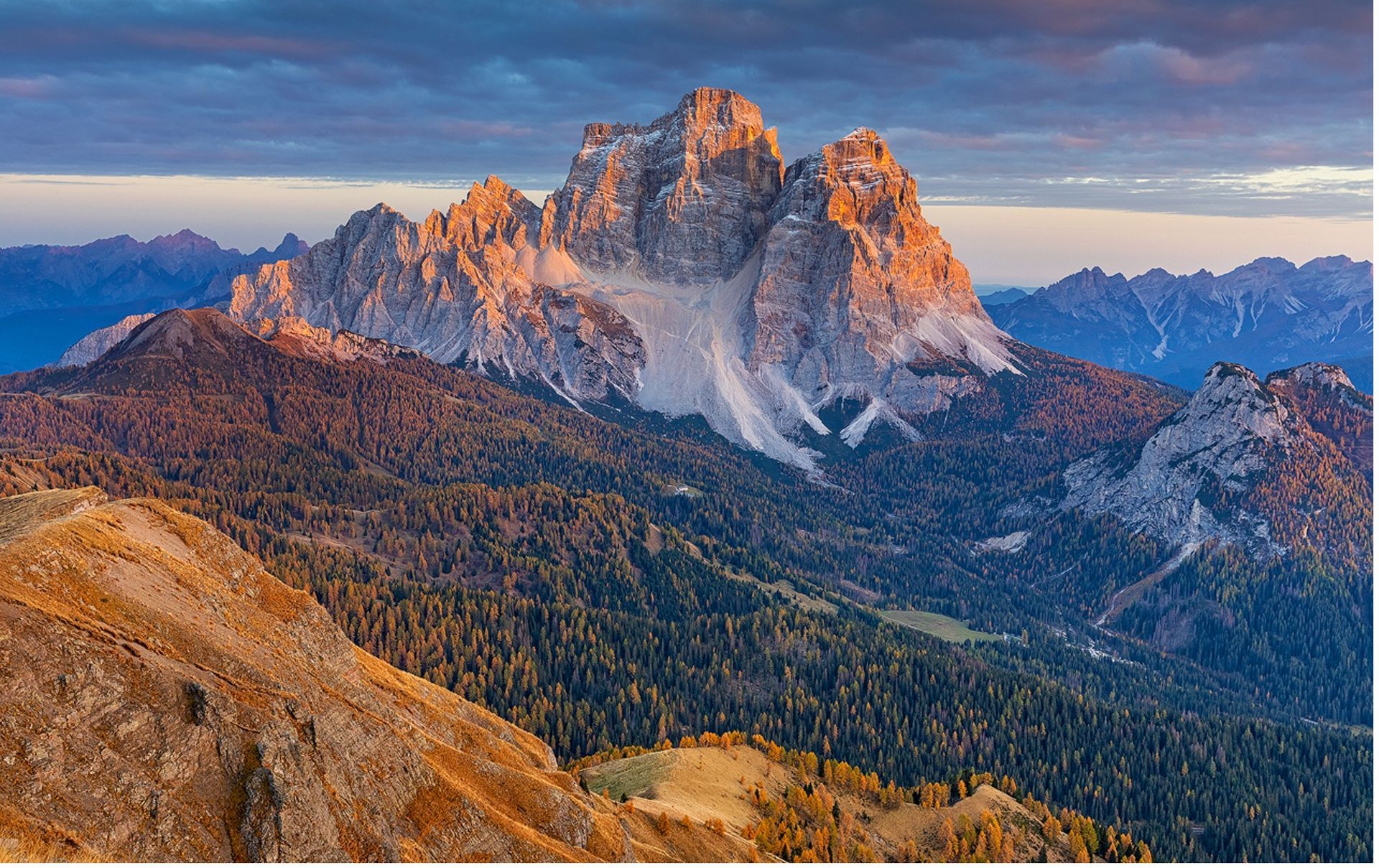
Monte Pelmo
"The autumn colours add a special hue to the valley as well as the foreground. It was a long walk to get to this spot, but the view alone was more than worth it! Before taking the picture, it was still very uncertain because an hour before sunset, heavy clouds had forced themselves in front of the sun and totally obscured the mountain. We jumped at the opportunity of taking an image with the warm sunset glow fading by the minute....
In nature photography, these kinds of experiences are very common: you develop a project that you plan as meticulously as possible, taking into account factors such as the season, the position of the sun, accessibility, etc. Once you get to the place to actually take the photo, you hope for the weather conditions of your dreams, but 95% of the time, they just don’t meet your expectations. You can't bend nature to your will. For this image, the sun came just at the right moment, for one minute, through a narrow opening in the cloud cover..."
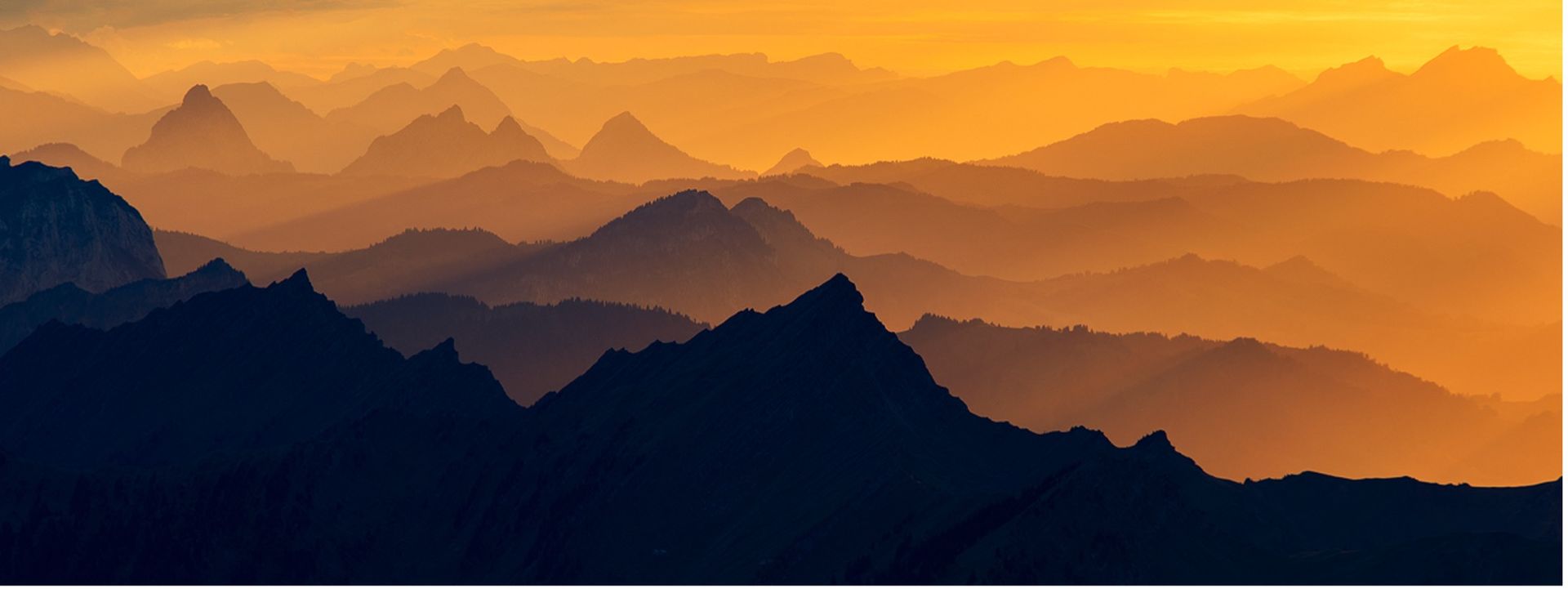
The Swiss Alps
"The glow of the sun combined with the rising fog in the valleys creates a fairy-tale image. For this image too, we can definitely say that we were at the right place at just the right moment. All day long, it looked like a mega dense cloud cover would ruin all chances of a beautiful sunset. With little hope and certainly no expectations, we decided to go to the photo spot anyway. We were blessed!"





